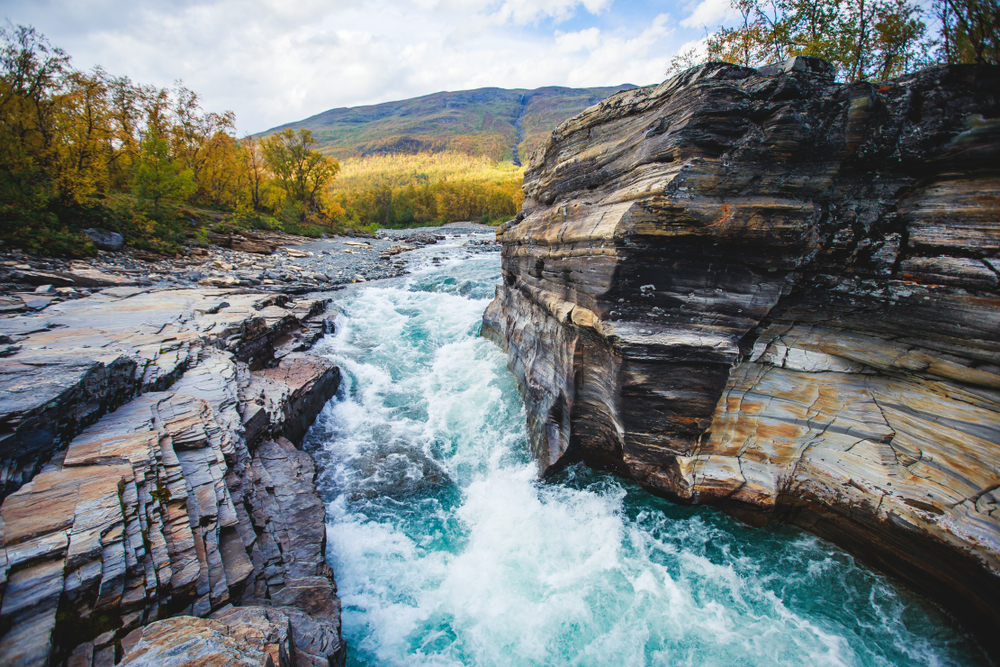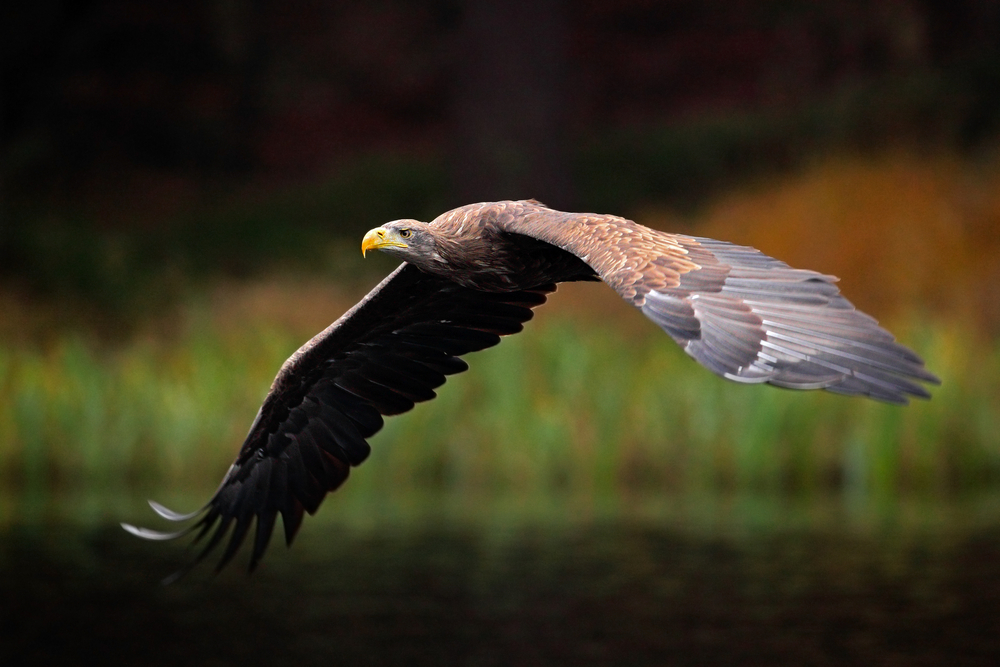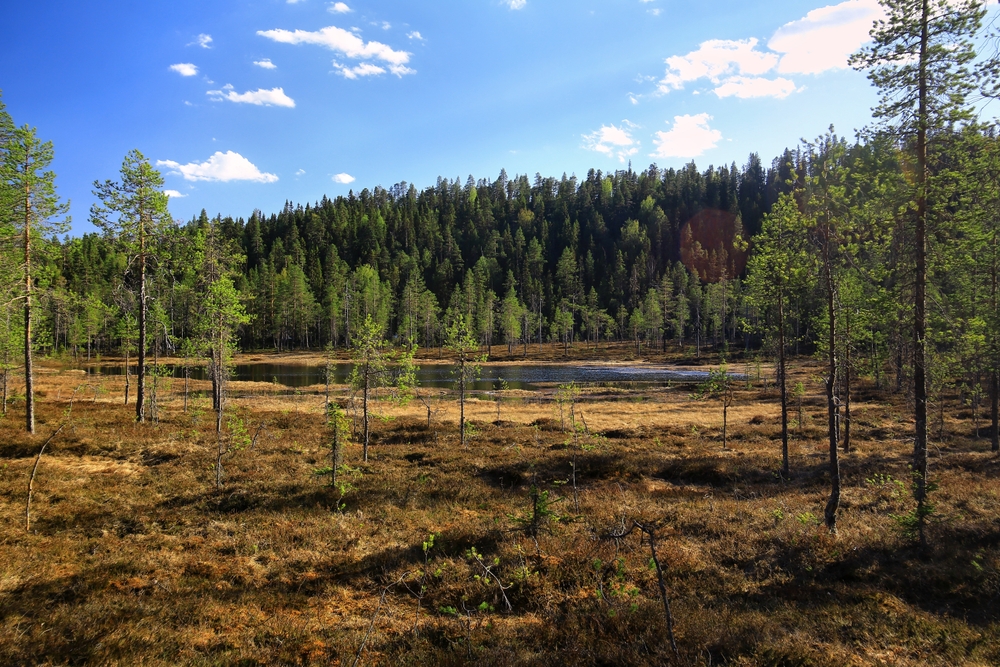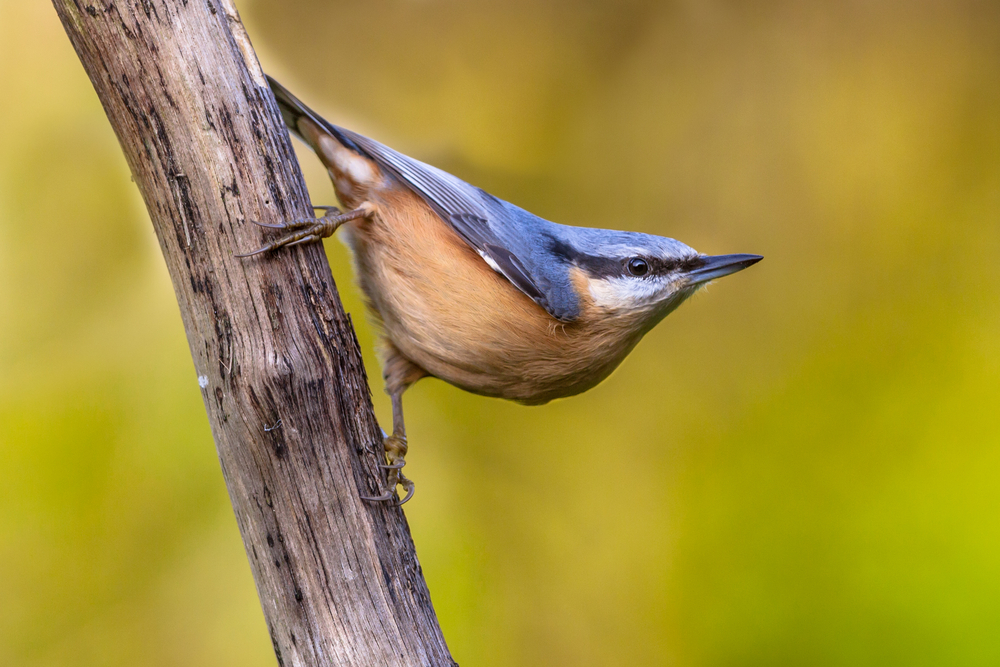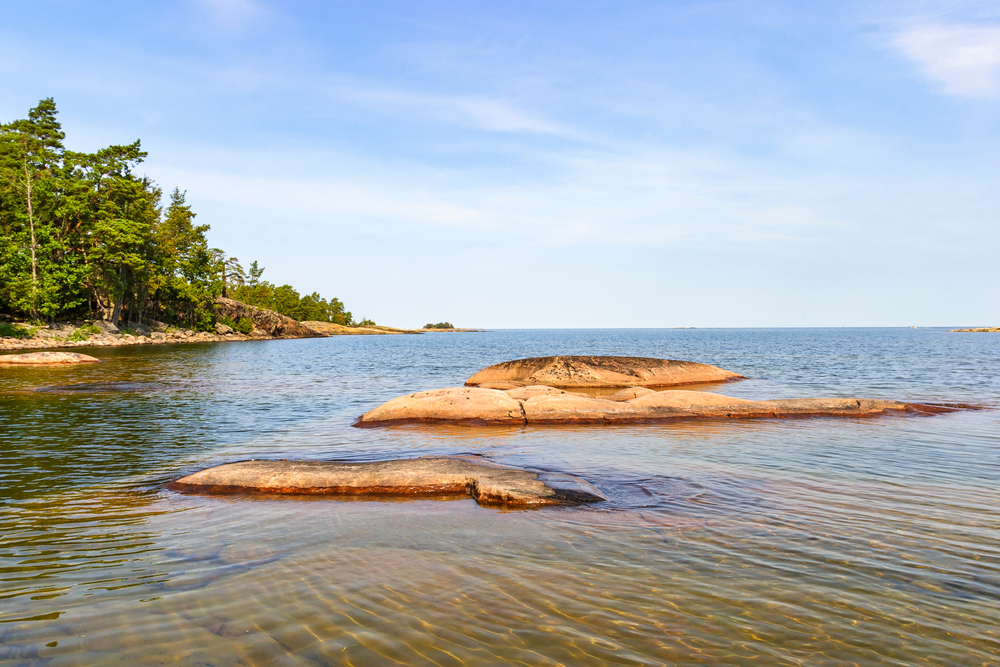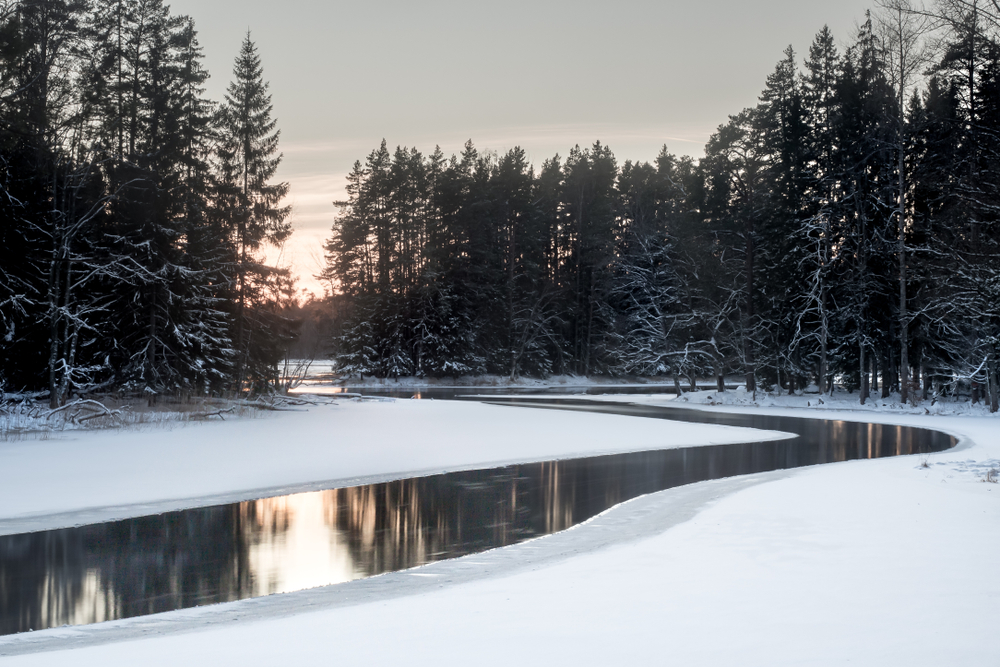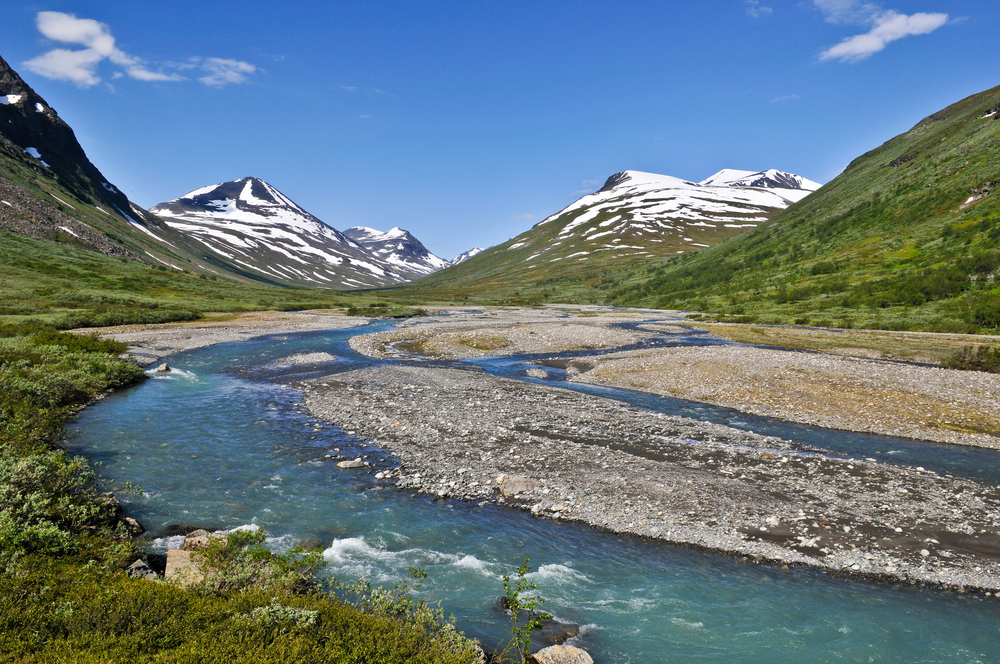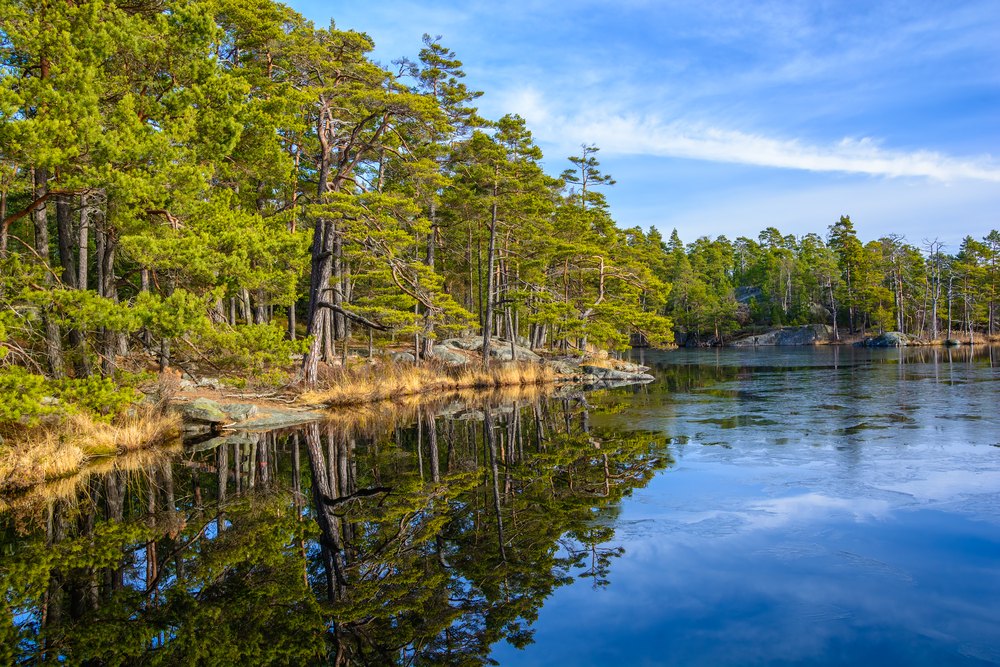Fulufjället Sweden Overview
Fulufjället National Park, or Fulufjällets Nationalpark in Swedish, is a stunning natural reserve located in central Sweden near the Norwegian border. Covering an area of approximately 87 square miles (225 square kilometers), this park is situated in Dalarna County and is part of the larger Scandinavian Mountains.
Fulufjället is well known for its rugged, high-altitude plateau landscape, which is distinct from the lower-lying, forested areas commonly associated with Sweden. The park’s terrain consists of barren tundra, deep ravines, and extensive old-growth forests, creating a diverse and dramatic natural environment.
At the heart of Fulufjället is the spectacular Njupeskär Waterfall, which, at 410 feet (125 meters), is Sweden’s tallest waterfall. The waterfall cascades down steep cliffs, particularly impressive in spring when melting snow swells the flow or in winter when it freezes into a dramatic ice formation.
The landscape of Fulufjället is characterized by its extensive alpine tundra, vast heathlands, and ancient forests of spruce, pine, and birch. The high plateau is shaped by glacial activity, with deep valleys and scattered boulder fields providing evidence of the region’s ancient geological past.
Peat bogs and wetlands are common throughout the park, supporting a unique ecosystem. One of the park’s most remarkable natural features is Old Tjikko, a Norway spruce that is over 9,500 years old, making it one of the world’s oldest known clonal trees. The tree has survived through thousands of years of shifting climates, regrowing from its ancient root system.
The wildlife in Fulufjället National Park is diverse and adapted to the harsh northern conditions. Large mammals such as moose and reindeer roam the area, while smaller species like red foxes and mountain hares are also commonly seen. Predators like wolverines and lynxes inhabit the park, although they are elusive and rarely spotted.
The park is home to a variety of bird species, including golden eagles, Siberian jays, and ptarmigans, which thrive in the alpine and forested habitats. Birdwatchers may also catch a glimpse of the rare and strikingly colored capercaillie, a large woodland grouse. The mix of high-altitude and boreal environments makes Fulufjället an important refuge for many northern European species.
Njupeskär Waterfall is the park’s most visited attraction, drawing visitors who wish to witness its breathtaking cascade. The waterfall is accessible via a well-maintained hiking trail, making it a popular destination for day-trippers. The park offers a range of hiking trails that traverse its unique landscapes, from short nature walks to multi-day treks across the plateau.
Fishing is allowed in designated areas, with crystal-clear mountain streams and lakes offering opportunities to catch Arctic char and trout. Winter visitors can experience the park through cross-country skiing and snowshoeing, taking in the silent, snow-covered wilderness. Photography enthusiasts are drawn to the park’s dramatic scenery and seasonal changes, particularly in autumn when the landscape is painted in golden hues.
Fulufjället National Park has been at the forefront of conservation efforts, particularly in preserving its fragile tundra ecosystem. The park was established in 2002 with a strict non-extraction policy, meaning logging, hunting, and other resource exploitation are prohibited.
Efforts to protect Old Tjikko and other ancient trees have been successful in maintaining the park’s ecological integrity. However, climate change poses challenges, potentially altering precipitation patterns and affecting the region’s flora and fauna.
The park’s management prioritizes environmental education, sustainable tourism, and research to ensure its natural heritage remains intact for future generations.











































































